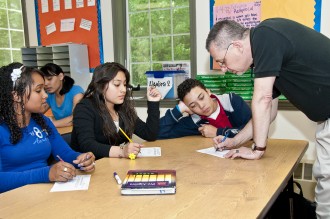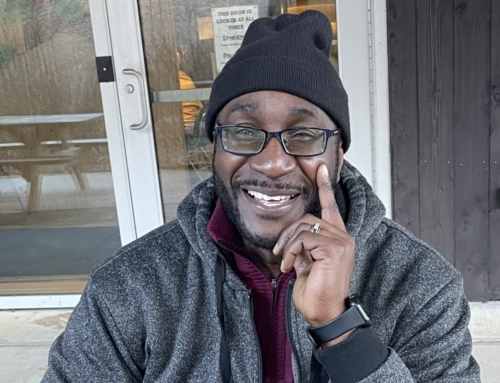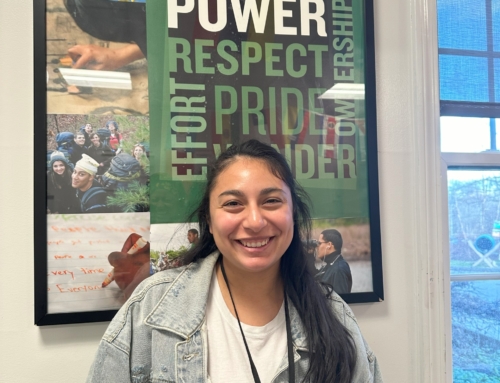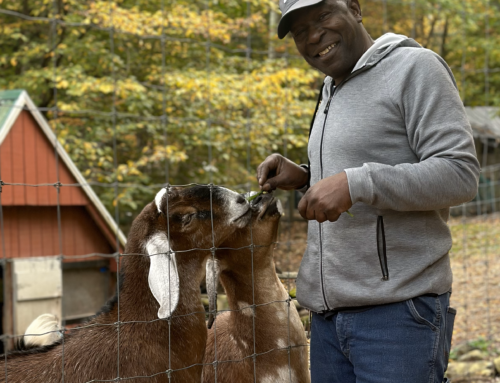
The POWER creed encourages students and staff to work together to define what leadership means to them.
POWER:
Pride: Confidence. Courage. Intelligent risk-taking.
Ownership: Responsibility. Reflection. Ethical leadership.
Wonder: Curiosity. Creativity. Vision.
Effort: Grit. Problem solving. Preserverance. Strategic thinking.
Respect: Communication. Cooperation. Respect for Diversity.
Common Ground’s community has lived the POWER creed since 2008, but it wasn’t until more recently that it has been integrated as a keystone of the curriculum. The past two years a group consisting of CG teachers and staff, The Environmental Leadership Committee, has worked to ensure that students are able to fully express who they are and demonstrate their accomplishments.“When I first got here it was a struggle to properly explain my vision of how POWER could be used in more aspects of the school,” explained Rachel Gilroy, Environmental Leader & Sustainability Coordinator. Gilroy has played a large role in the execution of using the acronym POWER as a rubric for students and teachers. “It wasn’t until our Spanish teacher, Keith Johnston was able to look at what I was trying to do and make something out of it,” Gilroy went on.
Working together Johnston and Gilroy built an online portfolio for each student that integrated POWER with students’ work and a common school-wide rubric. To graduate students are required to obtain 20 artifacts that demonstrate mastery of each POWER leadership characteristic through academic work and participation in extracurricular activities. “Students do work that demonstrates Wonder in English, then they go work in Green Jobs Corp and show Effort, that’s two artifacts that will be on their e-portfolios. Two examples of why they are great leaders, two examples for a college or job to see,” said Gilroy.
Using the e-portfolios, teachers identify two aspects of POWER that they will teach in each academic class, and discuss with their students how those characteristics apply to their class. “It can be difficult for people to have an open dialogue about values, but it’s important for students to understand how those values can be used in a classroom setting and in life outside of school,” said Gilroy.
The results have been positive as the program works out its tweaks. Students are beginning to understand that they have a choice when it comes to how they express who they are and what they want to do with their lives. This is best exemplified by the soon to be graduating class, using their e-portfolios to apply to jobs and college, blazing their own path to becoming a powerful leader.






Leave A Comment